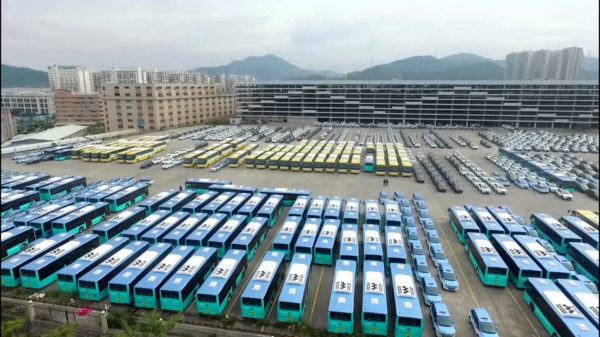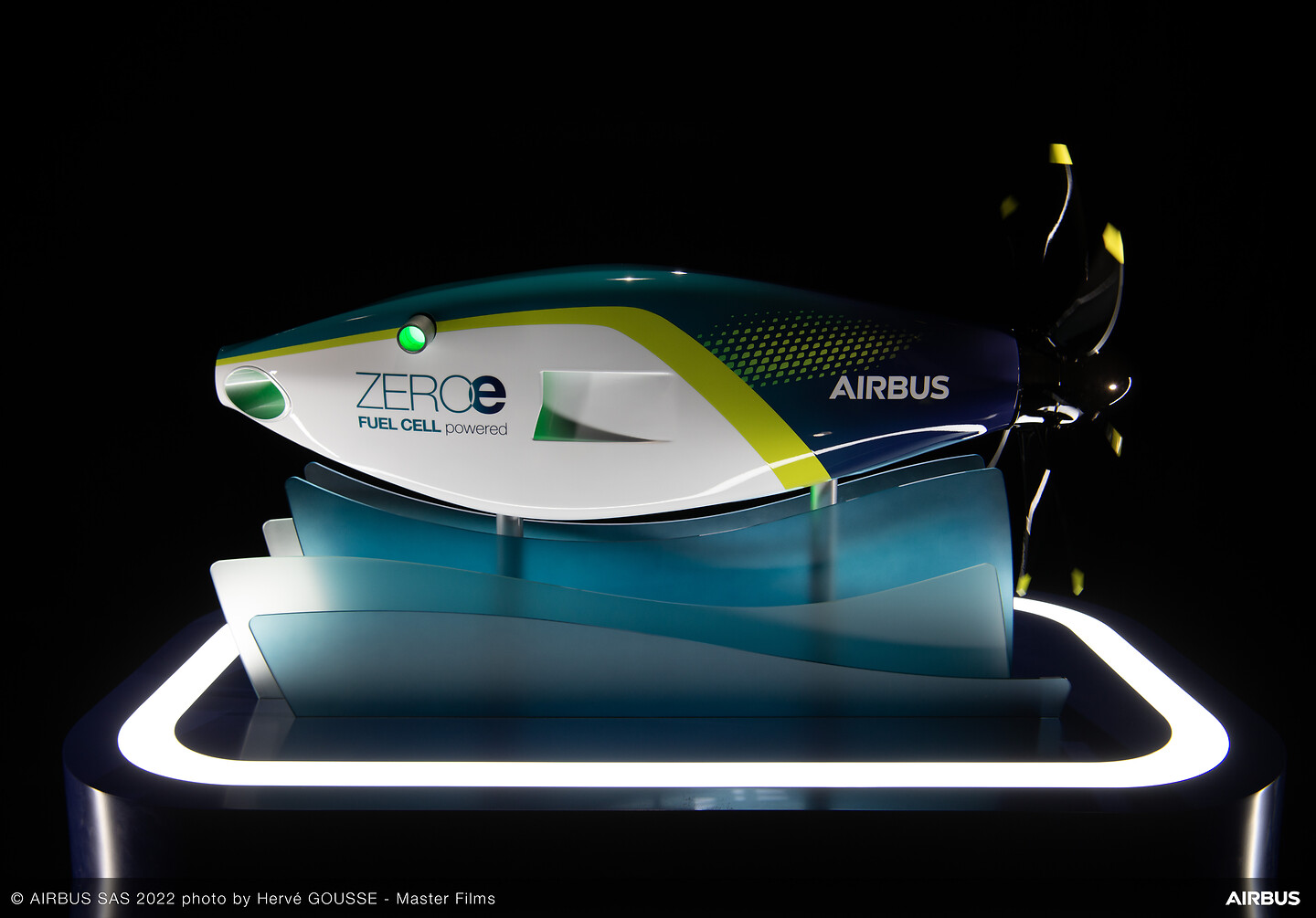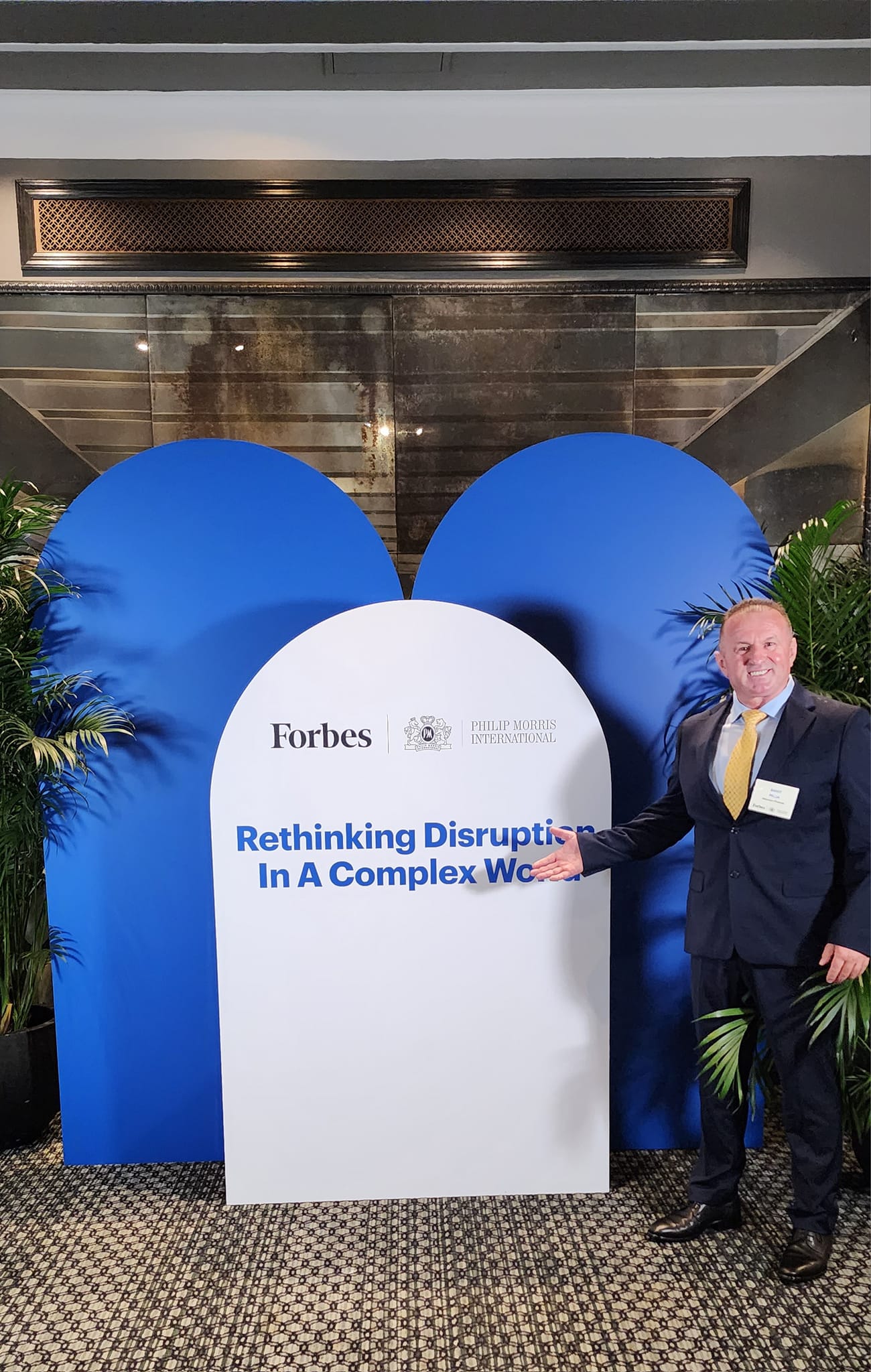Shenzhen, China, embarked on a revolutionary journey by pioneering the adoption of electric buses, heralding a paradigm shift in global transportation norms. Through the comprehensive electrification of its public transportation system, Shenzhen established a precedent for urban centers worldwide to emulate. In 2017, Shenzhen achieved an unprecedented feat by electrifying its entire bus fleet of 16,359 vehicles, thus claiming the title of the world’s first megacity to accomplish such a feat, according to reports from the local transportation commission.
Bolstered by this landmark achievement, the city continued its pioneering trajectory in 2018 by transitioning its extensive taxi fleet, comprising nearly 22,000 vehicles, to pure electric propulsion, cementing its status as the global leader in embracing electric taxis. By the culmination of 2020, Shenzhen once again led the charge by fully electrifying its ride-hailing services.
The transition to electric vehicles (EVs) not only reshaped Shenzhen’s transportation landscape but also yielded substantial environmental dividends. The Shenzhen Bus Group, the city’s foremost public transport operator, reports a remarkable reduction of 440,000 tons in annual carbon dioxide emissions, alongside significant savings in fuel consumption and coal usage, attributable to the shift to fully electric buses.
Shenzhen’s ascent to becoming a nucleus for new energy vehicles (NEVs) commenced from humble beginnings, propelled by its distinction as China’s Silicon Valley and an unwavering commitment to innovation. Recognizing its potential to lead the automotive industry despite lacking a conventional auto manufacturing heritage, Shenzhen embarked on a pioneering endeavor in electric vehicle technology.
In 2009, Shenzhen emerged as one of the 13 cities selected to pilot a national NEV program, laying the groundwork for subsequent advancements. The city’s dedication to NEVs received a significant boost in 2012 with the announcement by the Shenzhen Development and Reform Commission to establish an NEV industry base in Pingshan, attracting a multitude of firms to nurture a thriving NEV ecosystem anchored by industry titan BYD.
Swiftly ascending as a juggernaut in the NEV market, Shenzhen boasts a robust ecosystem encompassing the entire industry supply chain. Data from the local bureau underscores substantial year-on-year growth in NEV production and charging infrastructure, propelling Shenzhen’s economic ascendancy and positioning it as a preeminent auto manufacturing hub in China.
The city has witnessed an exponential surge in NEV ownership, with forecasts projecting sustained growth in the years ahead. Shenzhen’s surge in electric vehicle exports reflects the burgeoning global appetite for environmentally sustainable transportation solutions.
With trailblazers like BYD spearheading innovation and a flourishing ecosystem of NEV-related enterprises, Shenzhen remains at the vanguard of the new energy revolution. The city’s ambitious endeavors to expand its electric vehicle charging infrastructure underscore its unwavering commitment to catalyzing the widespread adoption of NEVs, notwithstanding challenges such as range anxiety and charging infrastructure reliability.
Established amidst the winds of change in March 1979 and subsequently anointed as China’s inaugural special economic zone in August of the ensuing year, Shenzhen has metamorphosed over the past four decades into a veritable phoenix of urban evolution. Evolving from the cocoon of a modest border town, it has emerged as a vibrant international metropolis, inscribing an indelible saga of unparalleled growth in the annals of global development.
With the issuance of the Guidelines on Supporting Shenzhen in Building a Pilot Demonstration Area of Socialism with Chinese Characteristics by the CPC Central Committee and the State Council in August 2019, Shenzhen embarked upon a new epoch, laden with both opportunity and responsibility. Embracing the mandate to become a beacon of urban excellence and sustainability, Shenzhen remains resolute in its quest for epoch-making achievements resonating on the global stage.
Forging a path toward global eminence, Shenzhen is committed to fostering an economic juggernaut renowned for its advanced manufacturing prowess, technological innovation acumen, thriving consumer market, streamlined logistics infrastructure, and influential financial sector. Envisioning top-tier status among global cities in economic vibrancy and developmental caliber by 2025, Shenzhen aspires to boast world-class levels of research and development investment and industrial innovation. Concurrently, it endeavors to elevate its cultural cachet, augment public services, and attain ecological zenith, thereby culminating in its metamorphosis into a contemporary, cosmopolitan, and innovation-centric urban milieu.
Casting its gaze towards 2035, Shenzhen aims to set a national benchmark for high-quality development, leading the charge in comprehensive economic competitiveness and epitomizing a culture of innovation, entrepreneurship, and creativity resonating on a global scale. By the mid-21st century, Shenzhen endeavors to ascend as a preeminent global city, distinguished by its unmatched competitiveness, transformative innovation, and enduring influence, thus serving as an aspirational beacon for nations worldwide.
Nestled along the picturesque Pearl River Estuary on the southern coast of Guangdong Province, Shenzhen’s strategic locale adjacent to Hong Kong endows it with a peerless perch for maritime commerce and cultural interchange. Encompassing an expanse of 1,997.47 square kilometers, Shenzhen basks in a subtropical monsoon climate, graced by mild temperatures and copious rainfall, while its 260.5 kilometers of coastline and sprawling marine ecosystem spanning 1,145 square kilometers bestow upon it a wealth of natural splendor.
Administratively, Shenzhen comprises nine districts and one new area, each contributing to the kaleidoscope of cultural diversity and economic dynamism that defines the city. Boasting a population of 17.66 million permanent denizens as of the close of 2022, Shenzhen magnetizes individuals drawn to its fertile terrain of innovation and opportunity. Fostering an environment conducive to inclusive expansion and cross-cultural amalgamation, Shenzhen predominantly espouses Mandarin Chinese as its lingua franca, while embracing Cantonese and English as widely spoken secondary dialects.
Economically, Shenzhen’s trajectory continues its steadfast ascent, with the city’s GDP soaring to 1.63 trillion yuan in the initial half of 2023, emblematic of a year-on-year growth rate of 6.3%. Concurrently, its import and export volume surged to 1.68 trillion yuan during the same period, underscoring its pivotal role as a linchpin in the global tapestry of trade and commerce.
Related
Discover more from Green Innovation News
Subscribe to get the latest posts sent to your email.





